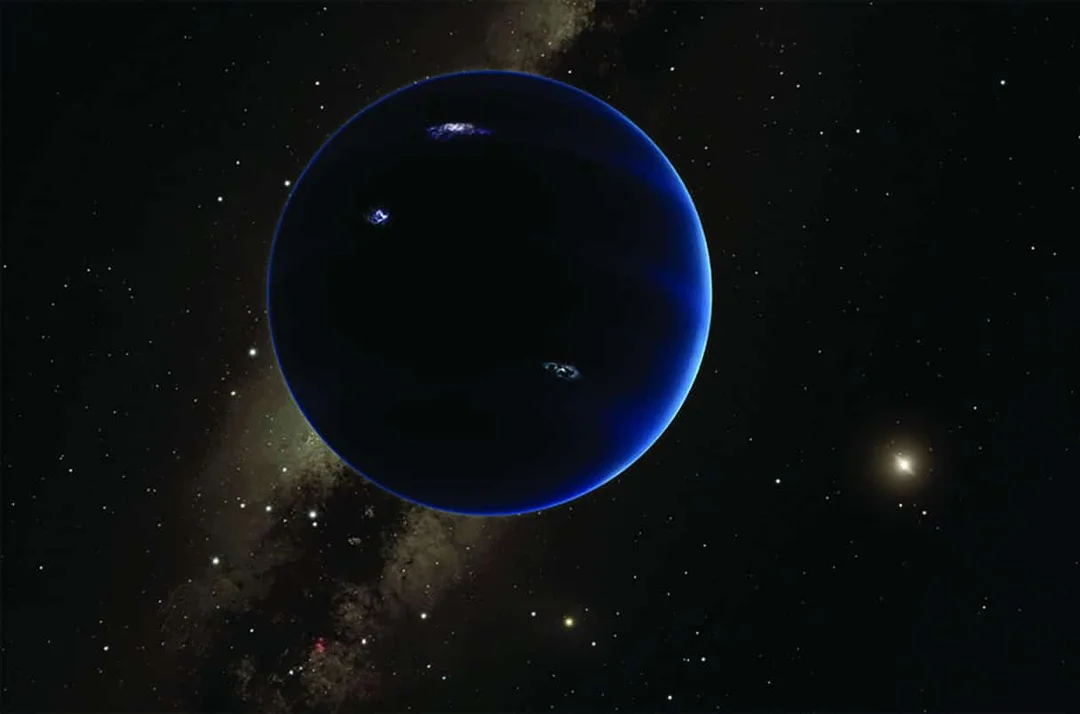
Planet Nine: Astronomers Revive Hunt for Solar System’s Hidden Giant, 700 Times Farther Than Earth
The quest to find Planet Nine, a hypothetical giant lurking in the distant reaches of our solar system, has been reignited. Scientists are revisiting old data and employing new techniques in hopes of confirming its existence, which could revolutionize our understanding of the solar system's architecture.
What is Planet Nine? Since Pluto's reclassification in 2006, the idea of a ninth planet orbiting far beyond Neptune has captivated astronomers. The gravitational effects observed in the Kuiper Belt, a region of icy debris, suggest the presence of a massive, unseen object influencing the orbits of smaller objects.
Recent findings, detailed in a study accepted for publication in the journal Publications of the Astronomical Society of Australia, involve comparing infrared surveys taken decades apart by NASA's Infrared Astronomical Satellite (IRAS) and Japan’s AKARI satellite. This analysis identified a potential candidate exhibiting the slow motion expected of a planet orbiting far from the Sun.

British astronomer Michael Rowan-Robinson initially spotted a potential Planet Nine candidate in 1983, but it was not visible in subsequent datasets. A new approach, led by Patrick Phan, compared IRAS and AKARI data, revealing an object that shifted position consistent with planetary movement.
According to the study, the candidate is believed to be five to ten times larger than Earth, with an orbit swinging between 280 AU to 1,120 AU from the Sun. This is significantly farther than Neptune, 20 to 30 times farther than the sun than Neptune, taking between 10,000 and 20,000 Earth years to make one full orbit around our star, according to Brown and Batygin Its suspected orbit highlights a unique trajectory through the solar system.
While the findings suggest a likely candidate, definitive proof remains elusive. Mike Brown, a Caltech astronomer behind the Planet Nine theory, remains skeptical. He told Science his calculations suggested the celestial body would be on a much greater tilt than the solar system’s plane and would orbit in a different direction from the known planets.

Nevertheless, the potential discovery is exciting. If confirmed, Planet Nine could be the first planet discovered through indirect observation in modern times. This breakthrough could not only expand our planetary roster but also provide key insights into the solar system's dynamics, including the peculiar tilt of the Kuiper Belt objects.
The ongoing search exemplifies how technological advancements are equipping scientists with tools to explore the universe's hidden corners, emphasizing the value of revisiting historical data with fresh perspectives. NASA’s recent WISE surveys have yet to detect the planet, highlighting the need for ongoing observation.
Could the confirmation of Planet Nine redefine our understanding of the solar system? What other secrets might reside in the uncharted depths of space?
Share your thoughts and theories in the comments below.